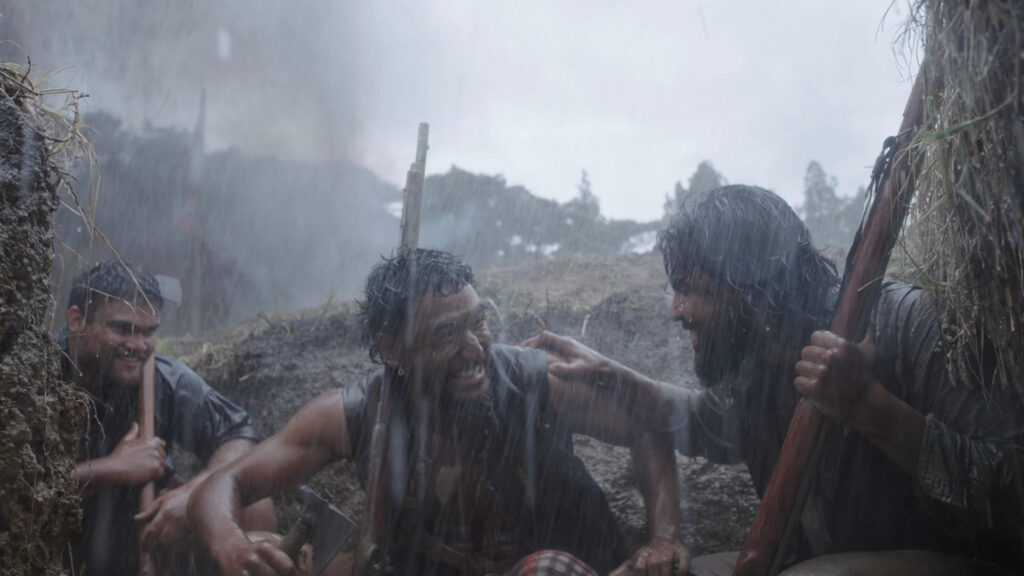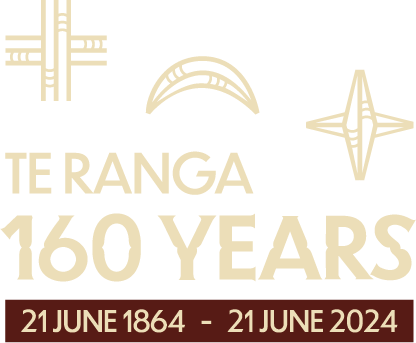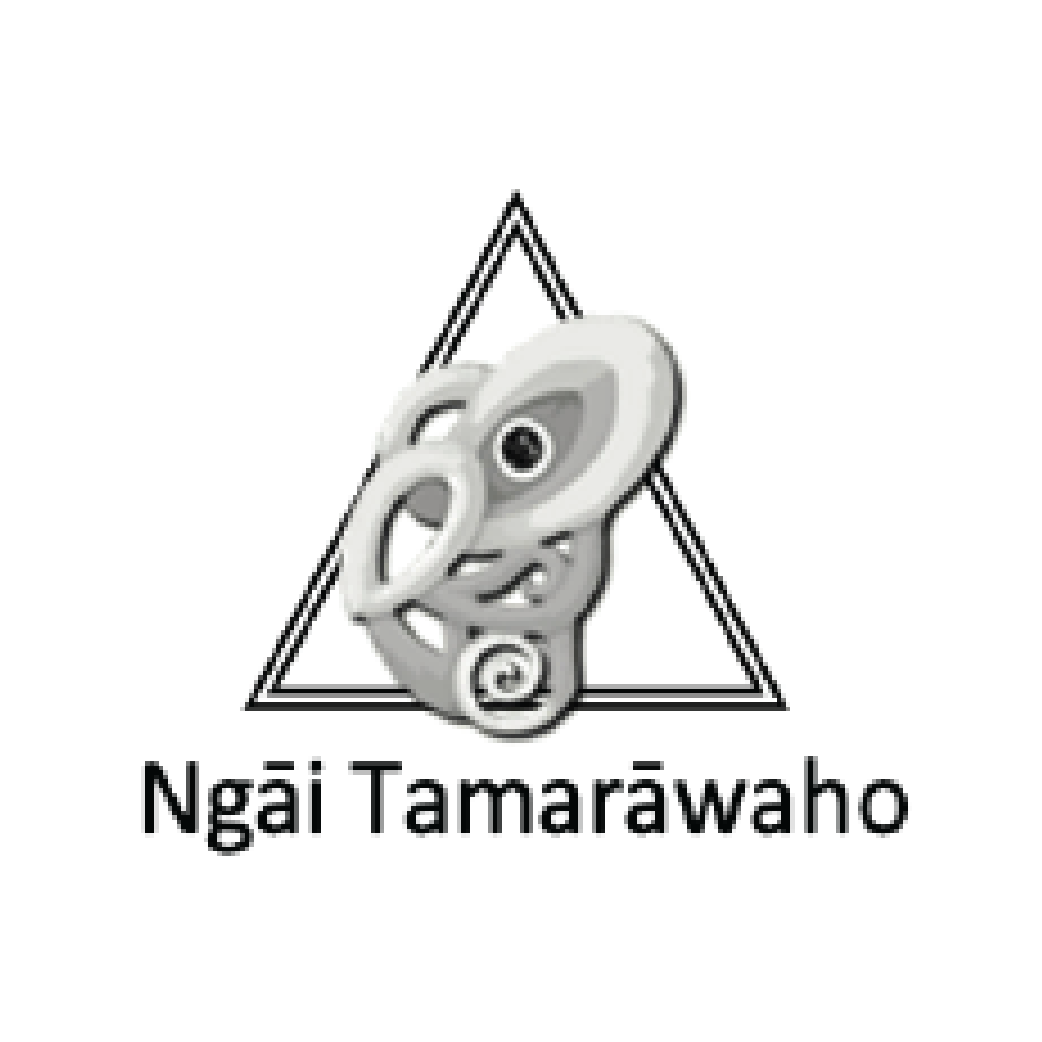The Battle of Te Ranga
21st June 1864
Two months after the battle of Gate Pā, the British were to have their utu (revenge). They attacked unprepared Māori on June 21 1864, which became known as the Battle of Te Ranga.
Those present at Te Ranga were Ranginui hapū, Waitaha, Te Whānau-ā-Apanui, Ngāti Hinerupe, Tūhoe, Whakatōhea and some whānau members of Te Arawa. Women and children dug the Pā, and when the British turned up, they started firing. The women and children were taken out of the half-dug trenches and led out through ‘Omataka’ (the eastern side of the pā) and back up to ‘Te Taumata’.
28 British guns were set up 700 yards out from the pā. Additionally, six hundred troops were there. Soon after the first shots were fired, the bombing began and lasted for two hours. There were 120 of our people at the battle. One hundred twenty died, with approximately 13 wounded. More died 2-3 days later.
Te Ranga means ‘the landing place’. The name for Te Ranga is “Taumatai-a-hui’. Our saying related to this battle – “Kaua e tatari kia tūtū te pūngarehu.”
Unlike Gate Pā they charged across the whole of the Māori line. The battle rates amongst the bloodiest of New Zealand’s Wars. In desperate hand-to-hand fighting, ‘British troops exacted terrible vengeance for their defeat at Gate Pā.’ (Cowan).
The Māori garrison was unable to hold the incomplete defences and retreated. Puhirake and the man said to have authored the code of conduct, Henare Taratoa, were killed. The defeat of Te Ranga broke the resistance of local Māori and in July 1864 they came to Te Papa laid down their arms and pledging peace to Governor Grey.
In August of that same year formal peace-making was carried out which included Rautapu (confiscation of Māori land by government during the 1860s) of 290,000 acres of Māori land. Some land was acquired as part of an enforced sale; other land was taken without payment and legitimised through legislation. The land was surveyed and distributed to military settlers, founding the new town of Tauranga.
Poteriwhi was the original pa for the confrontation between Tauranga Māori aligned with the Māori King, and the British troops. Poterwhi, a former battle pa and cultivation area situated on the eastern side of the Wairoa River was built in 864 for the land wars and was subsequently destroyed by Crown troops.
Poteriwhi a transliteration of the words “Port of Relief” was recognised as a strategic location. This was deemed as the crossroads of inland tracks and access to coastal settlements. This pa on the Wairoa River, was usually occupied by Pene Taka, the engineer who designed Gate Pa and many other pa. Pene Taka retreated to Poteriwhi after leaving the Gate pa in April- May 1864. On reaching it a few days later the British found it deserted, so the palisading was dismantled and set fire to.
NZ Wars: Stories of Tauranga Moana
Produced for RNZ by Aotearoa Media Collective and Great Southern Television




